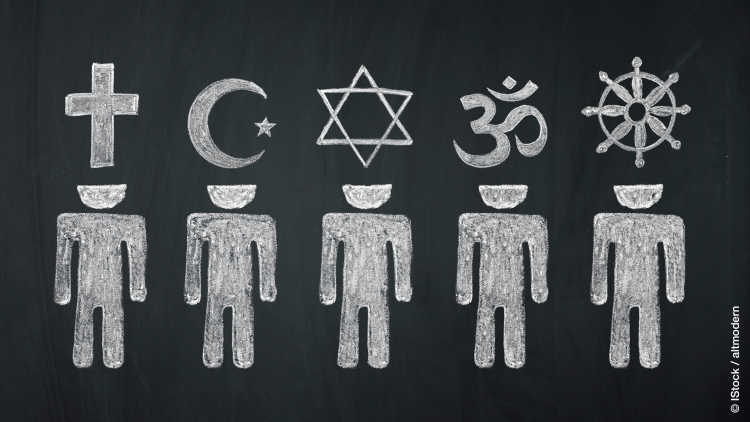- Home
- Publications
- Contributions
- Erfolgsbedingungen interreligiösen Friedens
Matthias Basedau / Lisa Hoffmann / Julia Köbrich / Eric Stollenwerk
Erfolgsbedingungen interreligiösen Friedens
Chapter in Edited Volume | 2024
Regional Institutes
Research Programmes
Edition
1
Published in
Handbuch Religion in Konflikten und Friedensprozessen
Editor(s)
Ines-Jacqueline Werkner
Publisher
Springer VS
Pages
1167-1178
ISBN
978-3-658-44928-5
978-3-658-44929-2
Location
Wiesbaden









